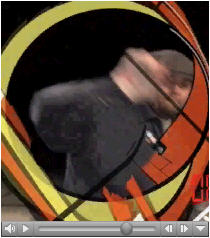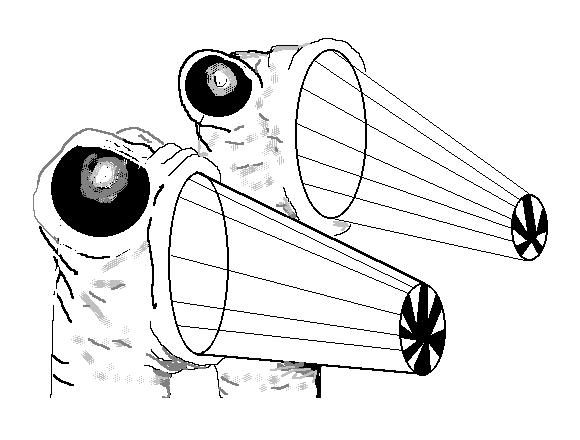View current page
...more recent posts






Been awaiting IMDb critic tedg's review of The Black Dahlia, since he "gets" De Palma and it doesn't disappoint. Many commentaries (including this one) talked about the "discovery of the body" scene and the casting of Mia Kirshner but tedg explains them best. First the body:
About 22 minutes into this there is a wonderful crane shot, probably done without artificial assistance, beginning five minutes which is the heart of the overly complex story. It sets up two apparently unrelated threads in the story that interweave from this point. It is of the front of a building where later there will be a shooting, moves up and over the building to look at a vacant lot behind where we see a woman making a gruesome discovery. She runs to the street alongside the building where we see the car of our two cops coming to park in front and engage in a shooting. We move in front of the car to a bicyclist, who plays no role in the story. He brings us to a couple walking down the sidewalk approaching the front of the building where they will encounter our cops. We come down to street height and listen in on their conversation.And Kirshner:
Its masterful. Even if you think everything that follows is a mess, its a glorious mess made glorious by our setting of the knitting needles.
But there's another joy here too. The story — no surprise — features a film within the film. It's the whole story, there, with elements of that internal film overlapping the main story in three or four significant ways. The star of this inner film, who also is our bisected victim is a character played by Mia Kirshner. She's so much more alive and real than anyone else in the main story, I can only assume it was deliberate and a truly thrilling risk. If you follow film, you'll know her very similar and hugely complex role in "Exotica," a landmark film.

Bloglines, the art-disrespecting RSS reader I use, messed up a Chris Ashley HTML drawing in kind of an interesting way. Originally posted to Nasty Nets.
The video in the previous post re-edits a promotion for a major, arts-supporting retailer, discussed here. The company hires street taggers, or actors playing street taggers, or artists making art that looks like street tagging (not sure which). As documented on the company's video, two taggers have a "paint off" or "paint beef" to see who is the better artist. To a slow-rolling hiphop beat, they start out painting their own individual white cubes like it's a real competition but then they begin painting the air with Adobe Illustrator-ish digital graffiti, then the painting on the cubes comes to life and hovers in the air like cyber-Judy Pfaff room abstractions, and the two cubes merge into a single installation that looks like it was all done by one person. We've neglected to mention that the company's logo appears in the installation and actually zooms out at the viewer.

"Art for All" [5.6 MB .mp4]
"Art for Others" [mp3 removed]

One afterthought on Cindy Sherman vs Webcammers: the comparison made the most sense in the earlier days of cams, when bandwidth and the "state of the art" limited the cammer to a series of still photos. Most of the journalistic focus in say, the late '90s, was on privacy issues and the pics were treated as straightforward documentary "slices of life" rather than what they also were--a string of self-composed photos placing form and content demands on the cammer. A series of fictions that may or may not have related to someone's actual life, and in the case of "sex worker" camming were home-run small businesses. Thus you had playacting, dressing up, and adventurous camera angles just to keep viewers interested, and the record of these performances was a series of individual photos that could be collected, separated from the main stream, passed around the net, etc. The difference between this and Sherman's untitled film stills was just a matter of highbrow vs lowbrow intent, a vastly different collector apparatus, and no critics willing to furrow their brows over the cammers. Some might say that's all the difference in the world but I think the gap is pretty small. In the age of MySpace intro videos Sherman's relevance fades because of the time element. Now instead of postModern tableaux vivants we have basement cinema that refers to other cinema.
